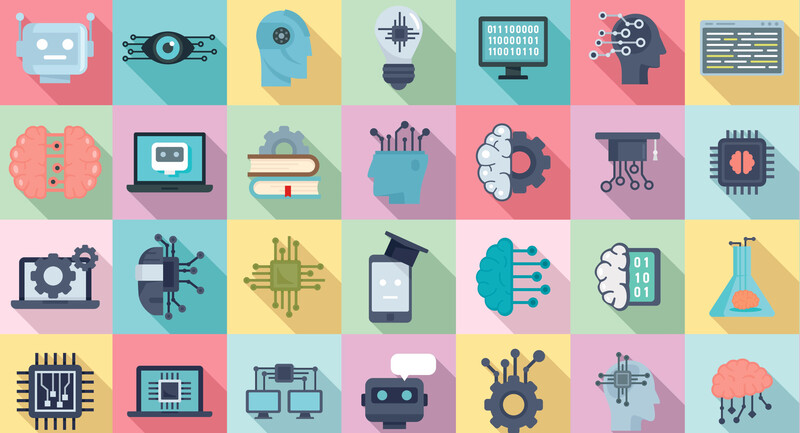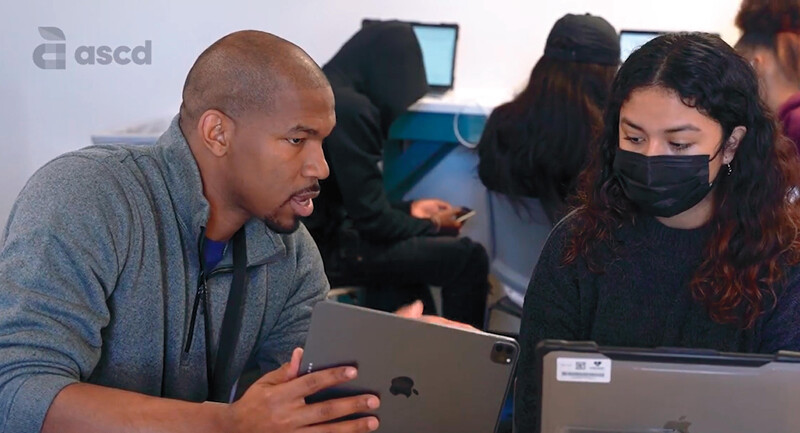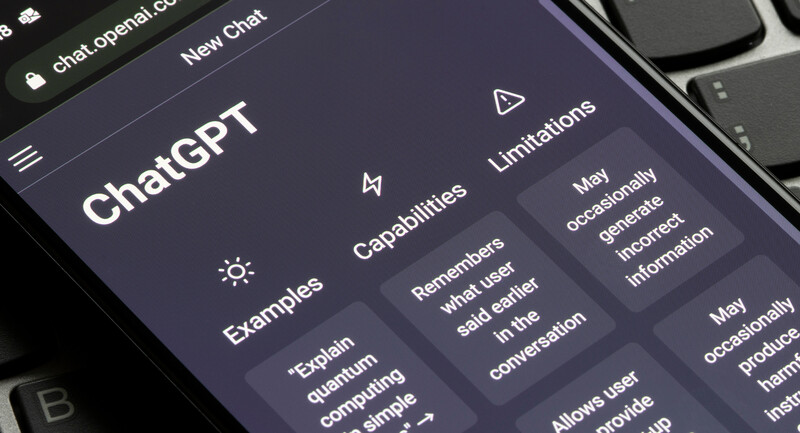Veronica, a high school biology teacher, asked herself: if students use their personal devices in my class, will they learn better and become more critical and creative thinkers? The 1:1 technology initiative, students using personal devices, indeed seems to increase motivation for learning, but many teachers like Veronica admit to having concerns about the increase in distraction, too. She says that she has rearranged student desks in groups and facilitates learning by walking around a bit more as advised, but, she is cautious. Veronica has also seen too many really exciting initiatives vanish when they have negligible impact on increasing student achievement.
Does using technology in classrooms increase student achievement?
Today’s research shows that the overall effect of using technology to increase student learning is comparable and not higher than traditional teaching (Hattie, 2017). Visiting classrooms, I have found that the problem is not the technology, but the lesson planning and delivery routines that date back to the 1980s. Students come to class ready to actively engage, but upon close observation, it appears that older teaching models, may inadvertently inhibit active learning. So, adding technology to those lessons does not improve learning, either.
The i5 Approach explains how to update lesson planning to incorporate new research about how humans learn. V.S. Ramachadran (2011) author of the Tell-Tale Brain, writes, “Brain science has advanced at an astonishing pace over the last 15 years, lending fresh perspectives on – well, just about everything” (p. xii). In schools, it is time to change the lesson planning schema from the 1980s “Hunter” model to the schema described in this book as one that encourages using technology to teaching critical and creative thinking.
Thinking is how humans cope with the world. In our busy stimulus-rich environment thinking happens naturally, only slowing us down to solve complex problems or make difficult decisions. We use our senses to integrate information and images, we seek interaction for clarification and feedback. The result of so much sensory stimuli is that we have to process in a similar way to practicing steps in a process; we inquire (or think) about it. The biological result of thinking is producing a new idea, a solution, or an innovation.
Classroom are much less engaging than the outside world; students generally only need to see and hear (not smell, taste, or touch for most subjects) the content of most lessons. Oddly, that means that students have much less of a need to think deeply to find meaning or new ideas. Technology changes that! When a teacher plans lessons to incorporate technology, students have access to almost infinite stimuli, directed by the teacher. The i5 Approach calls for teachers to show students to use their devices during the instruction or new information part of a lesson, as opposed to using it only for the guided practice or independent practice of the old schema. This is the approach I call, the i5 approach: information + images + interaction + inquiry = innovation.
Students come to class, actively seeking information and feedback the way they do in their everyday lives; they need lessons planned and delivered differently in the 21st century. If teachers adjust the flow of the lesson in two ways: integrating technology during the lecture or whole class instruction and explicitly teaching the steps to thinking or inquiry skills, students will become better thinkers. That leads to a continuous practice of generating new ideas and innovating. Technology can change the outcome if teachers plan to teach thinking.
Research shows that using technology is the answer to teaching critical and creative thinking (Pollock, 2018). The goal is teaching thinking; the tool is using technology.
Jane E. Pollock, Ph.D., co-author of ASCD bestseller, Classroom Instruction That Works (2001), works worldwide with teachers, coaches and principals on curriculum, instruction, assessment, and supervision. Her work results in improved student achievement at the classroom and school levels. A former classroom and ESL teacher, Jane worked as a district administrator and Senior Researcher for McREL Research Laboratory. She has written many books, including, The i5 Approach: Lesson Planning for Teaching Thinking (2018).








